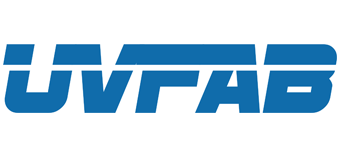Ultraviolet Light Kills Coronavirus, But Caution Required!
When used appropriately, ultraviolet radiation is very effective at killing or deactivating pathogens. It can also cause harm to humans, so care must be taken when evaluating new technologies racing to market in a bid to help mitigate the new coronavirus. Facility managers are familiar with UV-C technology, used commonly to keep coils clean of biofilm or used in whole-room sanitation in healthcare. The key component of both of these common applications is that they are in unoccupied space. The UV-C wavelengths emitted by these more common fixtures will cause damage to human eyes and skin.
